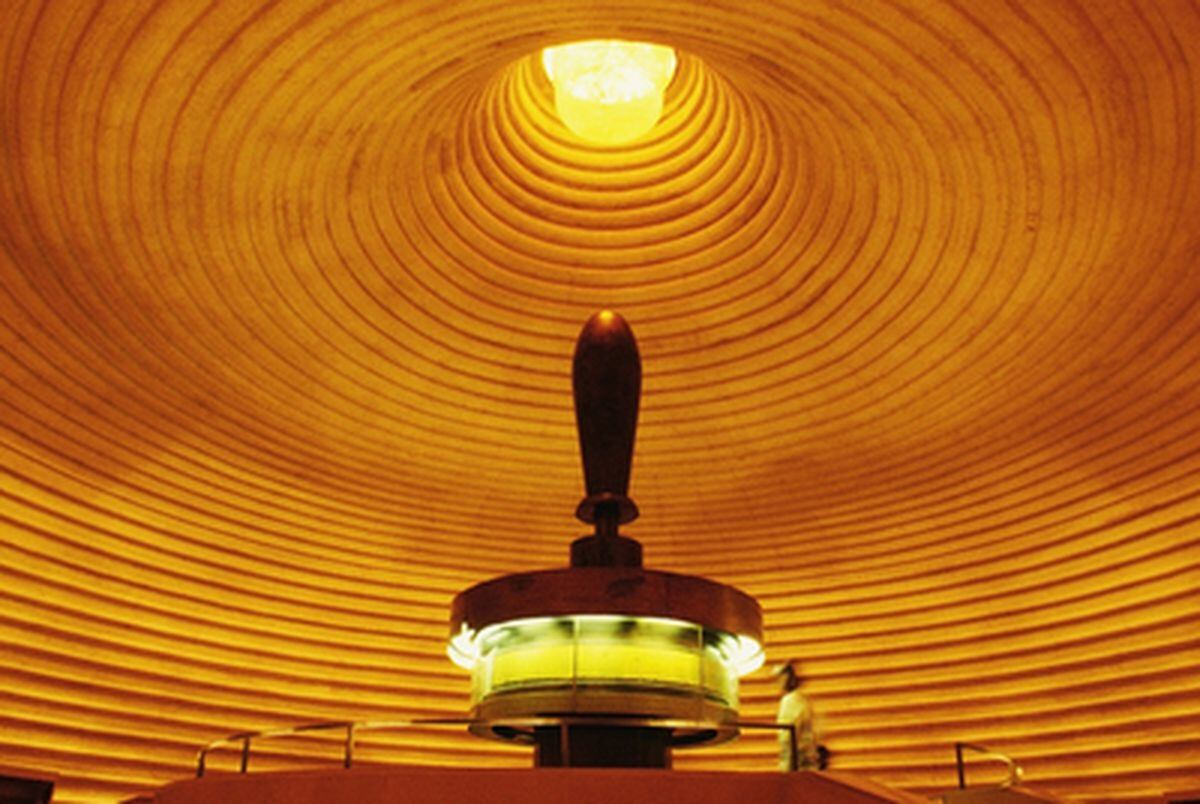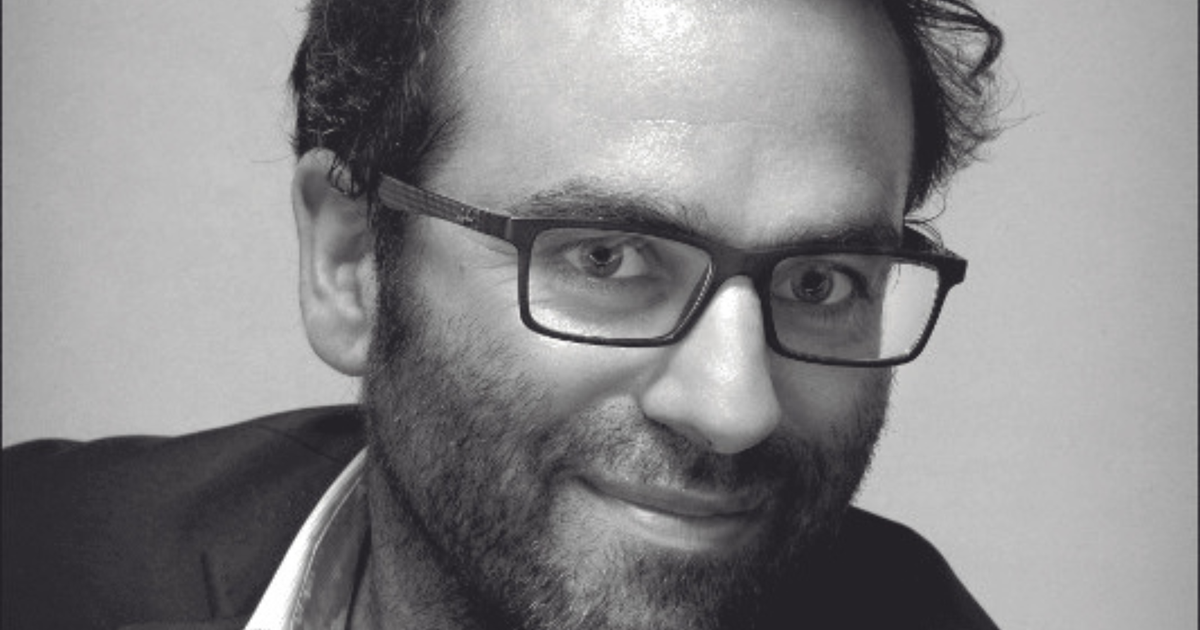Approximately 2,100 years ago, a Jewish scribe proficiently used his quill to mark the last strokes of black ink on a piece of parchment.
His work, a copy of the Book of Isaiah from the Old Testament of the Bible, was to constitute, once completed, a scroll seven meters long.
Now, was he completing his own work or was it another scribe's?
Although the Dead Sea Scrolls were discovered more than 70 years ago, today's sophisticated computing techniques are unlocking the secrets of the hands that wrote these famous texts.
Professor Mladen Popović of the University of Groningen in the Netherlands thinks he knows the answer.
More information
Behind the hands that wrote the Bible: an AI distinguishes two scribes as authors of the main Dead Sea Scroll
“My idea was simply to resort to paleography;
that is, to the calligraphy used in ancient documents”, indicates Professor Popović.
Paleography is the scientific study of ancient manuscript texts.
Your goal is to identify when and where they were written.
The texts usually appear on parchment, but are also found on ceramics, metals, textiles, and even graffiti, such as those discovered on the walls of Pompeii.
muscle movements
“The way you or I write is quite unique,” says Popović: “It depends on the movement of the muscles and it's very personal.”
Using artificial intelligence (AI), subject matter expert Lambert Schomaker and other members of the Horizon-funded HandsandBible project team developed new computational machine learning methods to digitally analyze the writing of ancient texts.
“The great thing about today's technology is that you can create multispectral images and study the pixels and then do all kinds of calculations and translate them into movement,” explains Professor Popović.
"Through their calligraphy, we can, so to speak, give them a handshake."
Research staff have spent endless hours painstakingly tracing Hebrew letters to teach a computer model what was ink and what was not.
The result was 3D models of handwritten texts containing more than 5,000 calculation dimensions.
The way you or I write is quite unique, it depends on the movement of the muscles and it is something very personal.
Mladen Popović, professor at the University of Groningen
The Isaiah Scroll
Back at the lab in the Netherlands, Maruf Dhali, one of the team members, was stumped by the results the AI had returned.
According to him, about halfway through the text of the Isaiah scroll, the writing changes enough to assume that another scribe took over.
This finding, while statistically remarkable, is virtually imperceptible to the naked eye.
The staff considered other options.
Could he have changed pens?
Could he have stopped writing and returned to work much later?
"Although their writing is very similar, the most likely explanation is that they were two different scribes," says Popović.
"One scribe is so good at imitating the other that, with the naked eye, it is not possible to tell the difference."
Although the academic community has discussed before the possibility that the Isaiah scroll involved more than one scribe, this is the first solid evidence that there were two different ones.
Can artificial intelligence be wrong?
According to Popović it is less likely.
For him: “The paleographer is a lot like a black box.
We don't know exactly what goes through our heads.
Although we are experts in the matter, we cannot explain all our paleographical reasoning”.
In his opinion, the use of a data-trained computer encourages paleographers to better explain their visual observations.
More information
Lambskin helps solve the puzzle of the Dead Sea Scrolls
Time Machine
The ability to identify the personal writing of scribes and link it to various works offers researchers a whole new way to approach texts and learn about the culture of these scribes.
For example, there is evidence that some Dead Sea Scroll scribes were just learning to write at this time.
A scribe was found to be writing manuscripts in both Hebrew and Aramaic (an ancient language considered the lingua franca of the Middle East 2,000-3,000 years ago), providing new insights into his language skills.
“Another example is our approach to these scribes: is there any sign of individuality or that they had room to manoeuvre?” Popović asks.
"Since there are differences, we cannot conclude that they were robot-slaves that only copied what they were told to copy."
Applying this paleographical approach, the scrolls can be considered a kind of time machine.
“We can see in them a small part of the cultural evolution that the Bible represented,” says Popović.
“It's the same cultural style as far as scribes.
The way these texts were written is the same way that had been used two to three centuries ago.”
Many of the fragments were found in caves by the Dead Sea by shepherds in 1947. They were sold to the highest bidder.
Some of those now on display have been donated by collectors from around the world.EFE
ancient writers
Professor Maria Chiara Scappaticcio, from the University of Naples Federico II, has also turned to texts to learn more about what life was like in the ancient world.
As part of the Horizon-funded PLATINUM project, she and her team traveled from Berkeley to Berlin to catalog incomplete papyrus scrolls with Latin script from the era when Rome controlled Egypt, between 30 BCE and 641 dec
The team has examined the papyri using techniques such as ultraviolet photography.
With this they have managed to discover new texts, as well as better understand the meaning of existing ones.
According to Scappaticcio, the fragments reveal a lot of information about what daily life was like for ordinary people.
The team has worked with “documents between individuals related to the loan of objects, letters between soldiers in which they demanded new shoes, etc.”, he sums up.
On the fringes of the Empire, Latin was the language of power.
Literature was one of the instruments of Rome to impose its power
Maria Chiara Scappaticcio, professor at the University of Naples Federico II
ancient multiculturalism
In addition, these texts also gave the team the opportunity to learn more about the life of the Roman Egyptians and how their identity was mixed with the Roman culture of that time.
“Multiculturalism and multilingualism are keywords of our reality”, declares Scappaticcio.
"In ancient times practically the same thing happened, with the exception of the obvious chronological distance."
Research staff found texts from the Aeneid, the Latin epic written by Virgil glorifying the founding of Rome, that had been used to teach Latin.
“On the periphery of the Empire, Latin was the language of power.
Rome imposed its power and literature was one of the instruments to achieve it”, he asserts.
In their research, the team has even discovered the first text to contain Arabic written in Latin characters, as well as a literary work by Marco Anneo Seneca (the father of the Roman philosopher of the same name) that was believed to be completely lost.
The volume of texts collected by the team in this new study is extraordinary.
"In 2023 we will publish a corpus that will contain some 1,500 texts in Latin written on papyrus," says the professor.
An earlier collection, from 1958, contained only 300 texts.
The goal is to allow a broader spectrum of scholars to access Latin works written and circulated from the periphery of the Roman Empire.
“I hope that the use of this corpus as a tool to investigate Roman Orientalism will be a starting point.
It was an open society in which many aspects passed from one culture to another.
It was not so different from the current one”, explains the teacher.
The research referred to in this article has been funded through the EU's European Research Council and the article was originally published in
Horizon
, the European Union's Journal of Research and Innovation.
You can follow
MATERIA
on
,
and
, or sign up here to receive
our weekly newsletter
.
Subscribe to continue reading
read without limits
Keep reading
I'm already a subscriber















